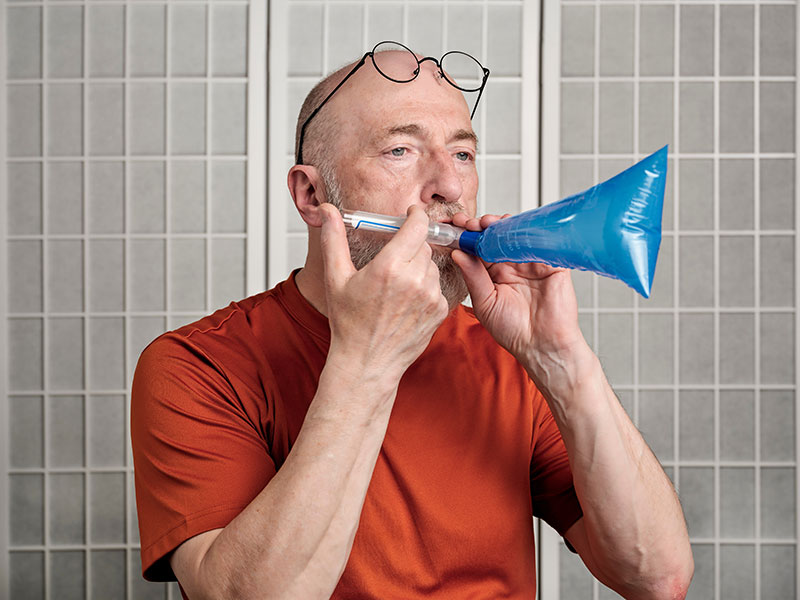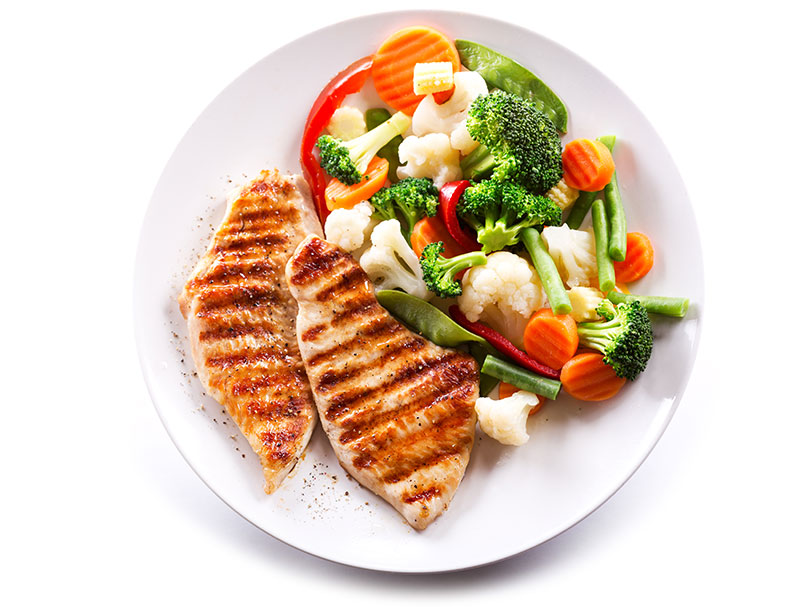Understanding SIBO
SIBO, or Small Intestinal Bacterial Overgrowth, primarily refers to an overgrowth of bacteria in the small intestine. While the name focuses on bacterial overgrowth, it’s important to note that our gastrointestinal (GI) tract hosts a diverse ecosystem of microorganisms, including bacteria, viruses, fungi, and parasites. In a healthy individual, these microorganisms coexist in a delicate balance, contributing to digestion, immune function, and overall health.
While SIBO primarily refers to bacterial overgrowth, other microorganisms like viruses, fungi, or parasites can contribute to or exacerbate digestive issues. For example, parasites such as Giardia and fungal overgrowth in Candida Albicans can cause similar symptoms to SIBO and even lead to the development of SIBO.
Misleading name: SIBO
I always tell people that SIBO is not just related to the small intestine and is not just bacterial overgrowth. It’s more than bacteria; it’s viruses and parasites in the gut. SIBO, or Small Intestinal Bacterial Overgrowth, is a condition that occurs when there is an abnormal increase in the number of bacteria in the small intestine. But where do the bacteria come from?
The bacterial overgrowth starts from the Large Intestine:
Normally, the small intestine has a relatively low number of bacteria compared to the large intestine. This is because the small intestine has a faster transit time, meaning that food and other substances pass through it more quickly, limiting the time that bacteria have to colonise and grow. However, in cases of SIBO, the bacteria normally present in the large intestine can migrate into the small intestine and begin to grow and multiply there.
Isn’t there a barrier from the Large to Small intestine?
Yes, there is a barrier between the large intestine and the small intestine that helps prevent bacteria migration from the large intestine into the small intestine, which can lead to SIBO. This barrier is called the ileocecal valve, a one-way valve between the small and large intestines that helps regulate the flow of the contents between the two regions.
The function of the Ileocecal Valve
The ileocecal valve helps to prevent the backflow of faecal matter and bacteria from the large intestine into the small intestine. However, certain conditions or factors can disrupt the function of this valve, inflammation or infection, which can lead to the migration of bacteria from the large intestine into the small intestine and contribute to the development of SIBO.

Lack of Digestive Enzymes and Stomach Acids
In addition to the ileocecal valve, other mechanisms help to maintain the balance of bacteria in the small intestine, including the presence of digestive enzymes and acids that help to break down and kill bacteria and the movement of food and fluids through the small intestine, which helps to flush out bacteria and prevent their overgrowth.
Symptoms of SIBO in Women and Children
- Bloating: This is one of the most common symptoms of SIBO. Bloating is a feeling of fullness or tightness in the abdomen, often accompanied by visible distension or swelling.
- Abdominal pain or discomfort: Many people with SIBO experience abdominal pain or discomfort ranging from mild to severe.
- Diarrhoea: SIBO can cause diarrhoea, which may be chronic or intermittent. Diarrhoea may be loose, watery, or contain mucus.
- Constipation: In some cases, SIBO can cause constipation or difficulty passing stools.
- Flatulence: SIBO can cause an increase in gas production, which can lead to excessive flatulence or passing of gas.
- Fatigue: Many people with SIBO report feeling tired or fatigued, even after enough sleep.
- Nausea: SIBO can cause feelings of nausea or an upset stomach.
- Food intolerances: SIBO can cause food intolerances, especially to carbohydrates and sugars, as the bacteria in the small intestine may ferment these foods and cause digestive symptoms.
- Malabsorption: SIBO can interfere with the body’s absorption ability, leading to malabsorption and related symptoms like anaemia, weight loss, and vitamin deficiencies.
Can supplements and antibiotics help heal my SIBO?
Now that we understand SIBO stems from a dysfunctional ileocecal valve and lack of digestive enzymes and Stomach Acid let us address these before killing bacteria; it may provide relief for a while. Still, you can have a chronic condition for a long time.

Our Elimination Diet Protocol
Identifying
Our elimination Diet Protocol can help individuals with SIBO by identifying specific foods that trigger or exacerbate their symptoms. A cool, non-invasive way to do this is by getting a bio-resonance test. This type of test can identify food intolerances and sensitivities that could be contributing to your gut issues.
Eliminating
Once you know which foods are causing problems, the next step is to eliminate them from your diet for at least four months. That’s about how long it takes for your red blood cells to cycle through, which is important because it gives your body time to “forget” any negative reactions to those foods.
Desensitising and reintroducing
After the four months are up, you can start slowly reintroducing those foods back into your diet. By desensitising your body to them through repeated negative energy of the offending food, you can restore the balance of the stored memory of negative reactions at the cellular level.
Could you be having ‘Impaired Gut Mobility’?
The small intestine is responsible for breaking down and absorbing nutrients from the food we eat. It does this with the help of coordinated muscle contractions that move the food and waste products through the digestive tract. This process is known as gut motility.
If gut motility becomes impaired, it can lead to a slowing or stagnation of contents in the small intestine. This can create an environment that is more conducive to bacterial overgrowth. When food and waste products move too slowly through the small intestine, it allows bacteria to have more time to colonise and grow.
There are several factors that can impair gut motility, including nerve damage, hormonal imbalances, and certain medications. For example, conditions like diabetes can damage the nerves that control gut motility, slowing the small intestine’s contents. Medications like opioids can also slow gut motility, leading to a higher risk of bacterial overgrowth.
Key takeaways in SIBO
- SIBO involves more than just bacteria: Fungi, viruses, and parasites can also play a role.
- Pathogens can originate from the colon and travel to the small intestine.
- Food sensitivities may lead to inflammation in the gut.
- Insufficient digestive enzymes and stomach acid can contribute to SIBO development.
- Identifying food sensitivities is a crucial first step.
- Eliminating and addressing food intolerances allows for the gradual reintroduction of problematic foods.
- Gaining insight into your body’s biochemistry aids in restoring a healthy gut microbiome.
- Natural healing methods offer hope for overcoming SIBO.
Don’t let SIBO hold you back! Take charge of your gut health today and embark on a journey to wellness. Explore our personalized SIBO treatment options.



